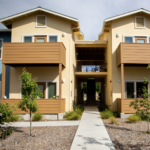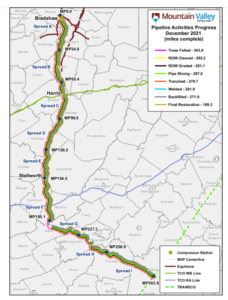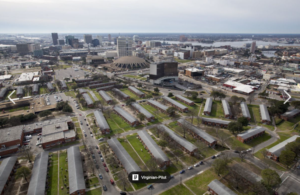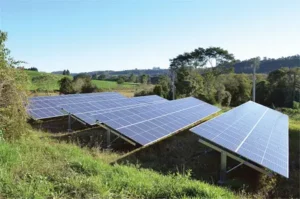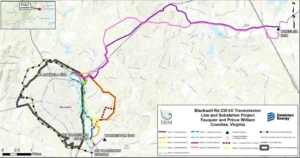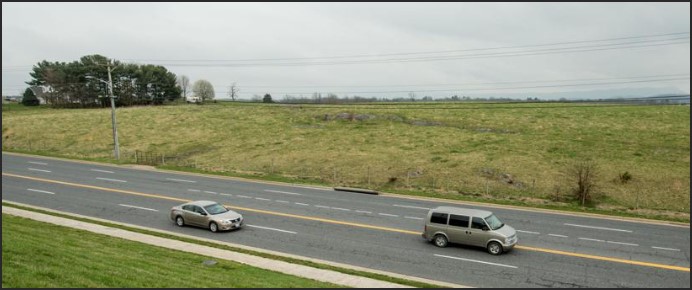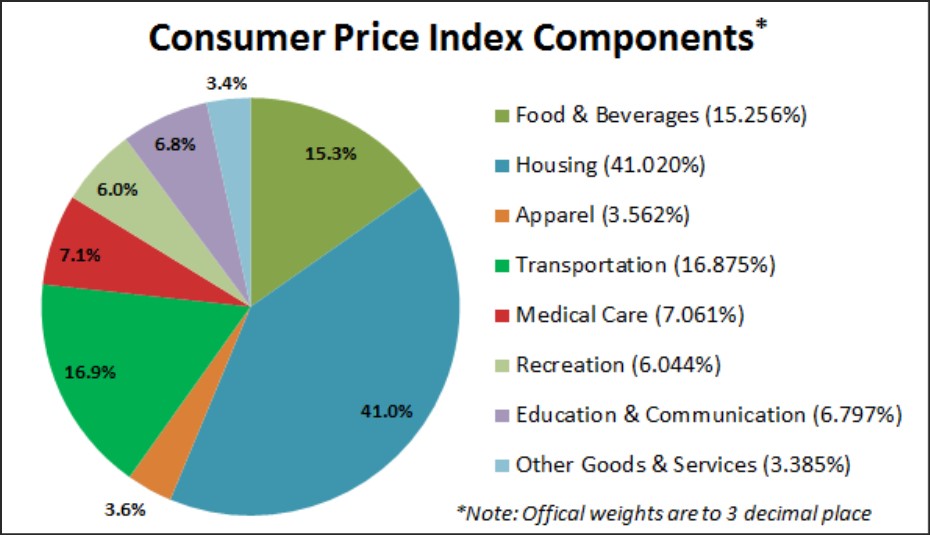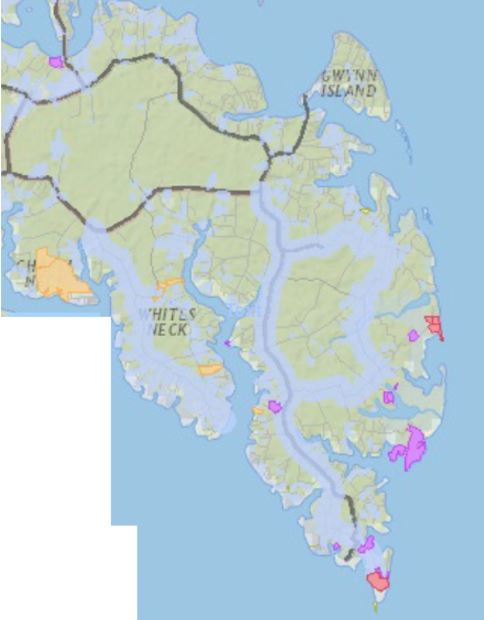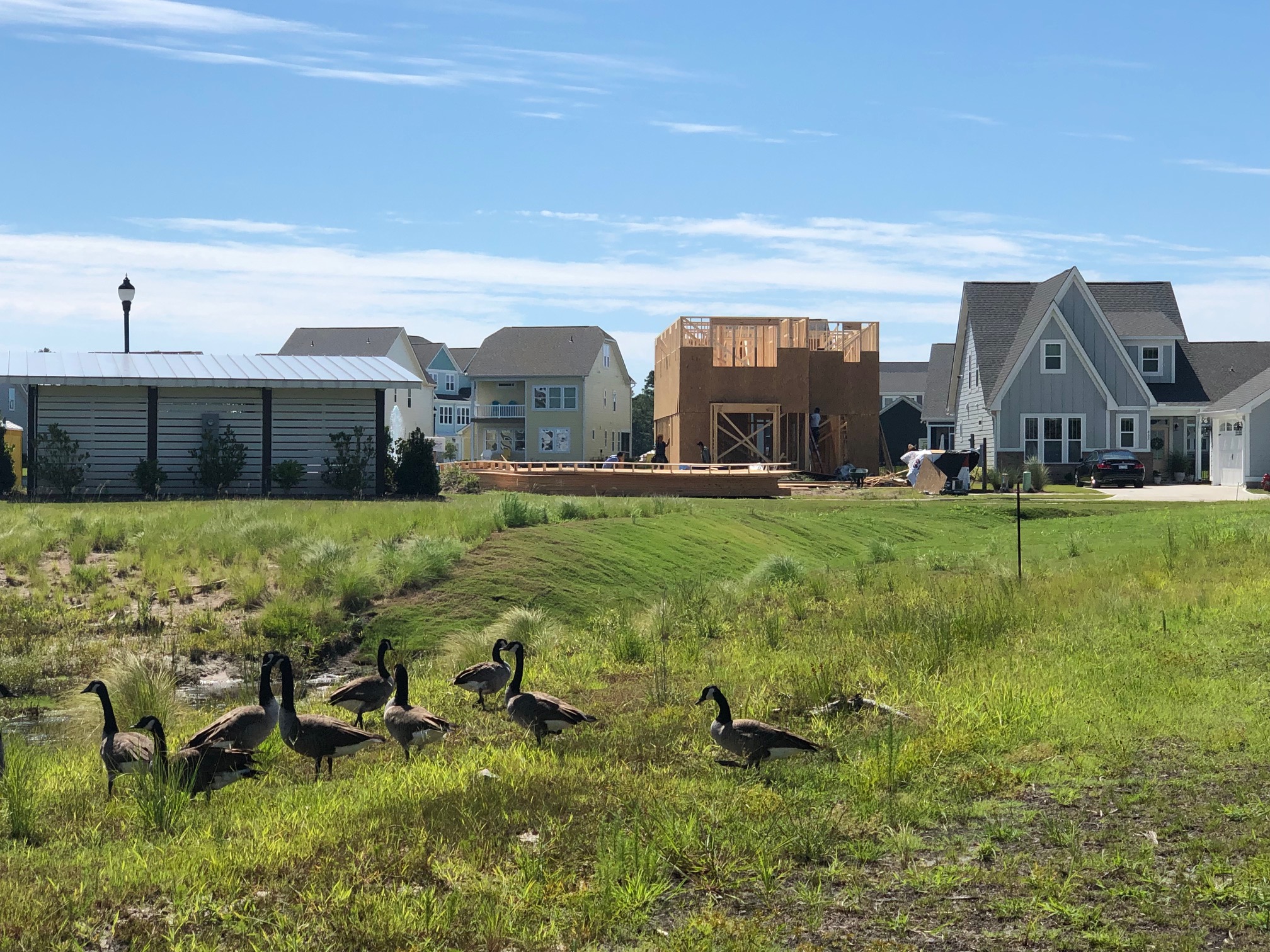by James C. Sherlock
The Richmond Times-Dispatch, on cue, wrote in an editorial the other day that more state money was needed to fund local housing.
Maybe.
But that is not the first place to look.
The governor wants to condition development aid to local communities on their reforming land-use policies to permit more construction.
I have a few ideas along that line.
Proffers, also known as conditional zoning, are a recognition that real estate developments have impacts on other properties and on services provided by the local jurisdiction. Fair enough.
The money for roads, sewers and schools has to come from somewhere. Proffers make the developers and their customers pay for a share of capital improvements deemed necessary by city/county planners.
Wielded unpredictably, and sometimes unethically, they are also part of the problem. See the excellent article Politics and Proffers by Matt Ahern for the games played with proffers and their cost to the housing economy.
Then there is low-cost housing.
The Commonwealth by law permits but does not require localities to waive fees for low-cost housing. That law, originally and curiously restricted to only non-profit developers, was updated in 2019 to permit the same waivers to for-profit builders.
Send state housing funds only to jurisdictions that do so. Require in law a limit to the costs of proffers for low-cost housing.
Finally, tax Virginia’s astonishingly profitable non-profit hospitals to help them with their mission of caring for the disadvantaged — in this case in low-cost housing. Continue reading

